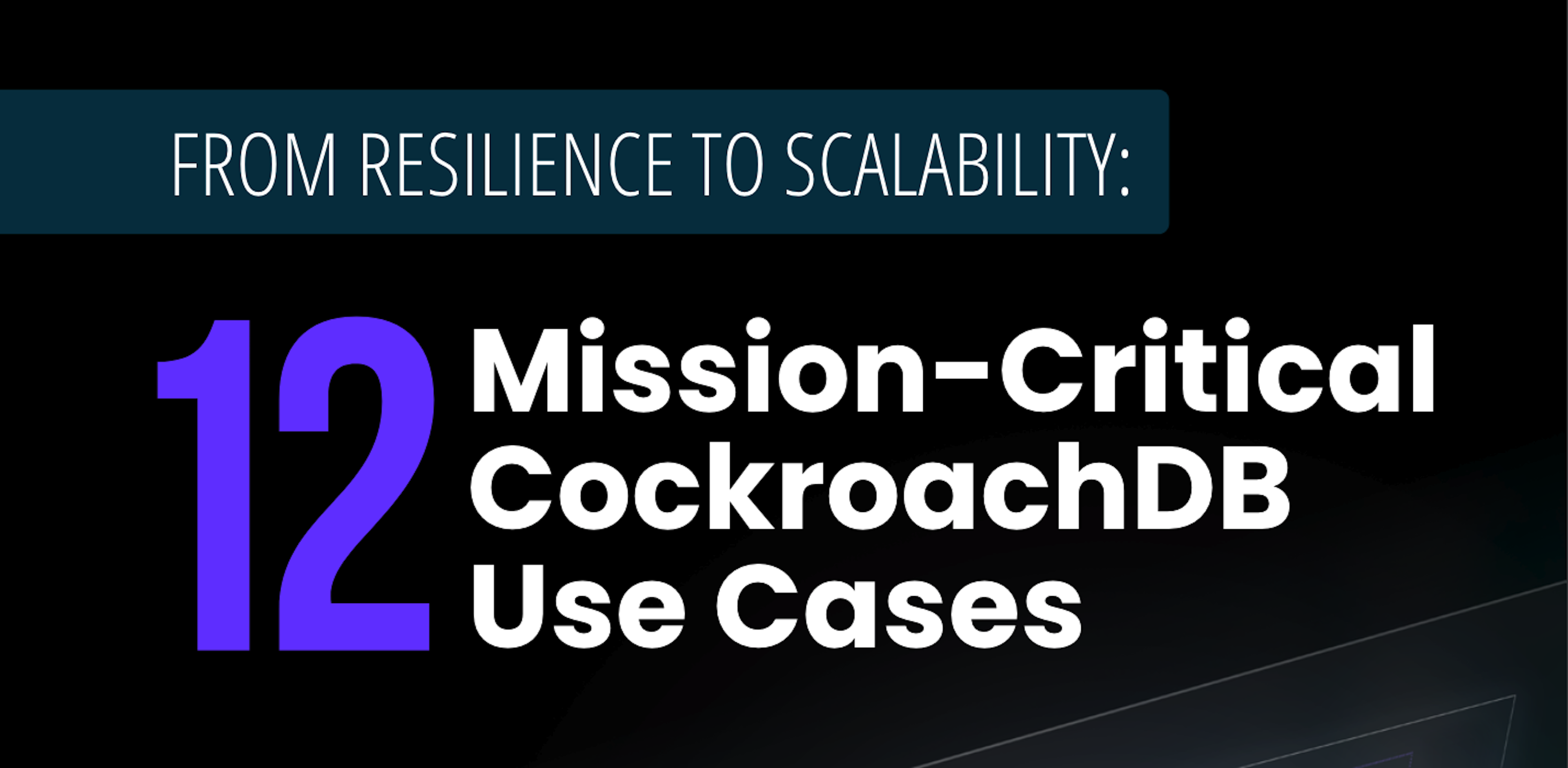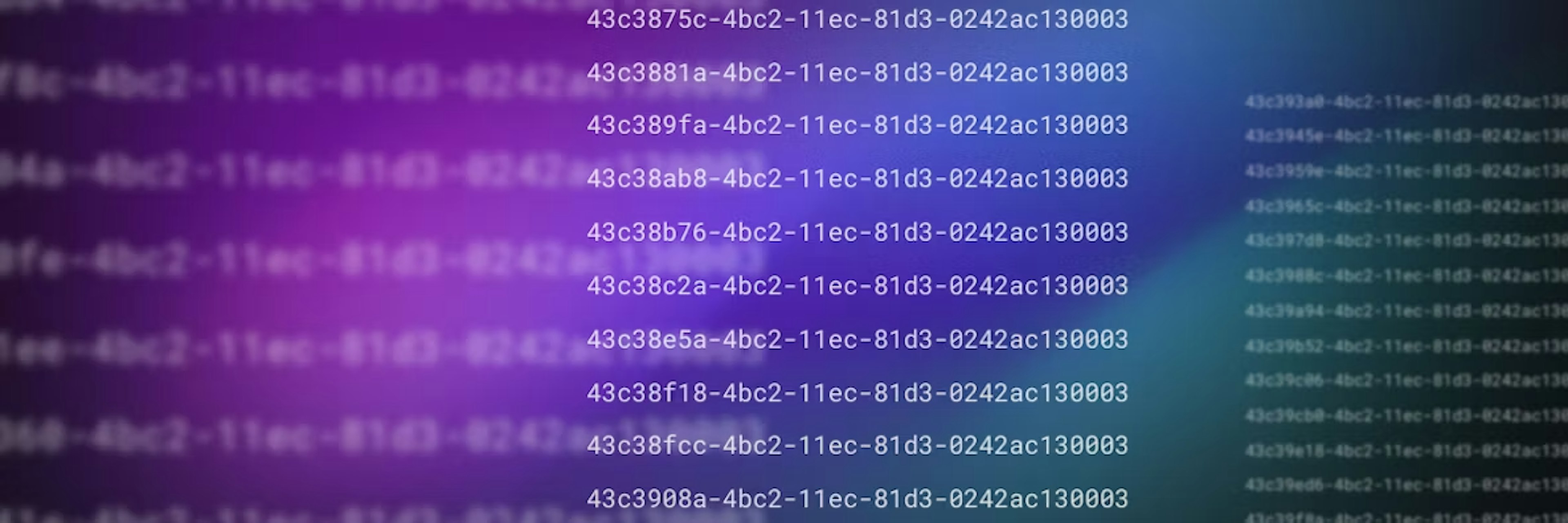
Blog
Product
Product
Scale & Resilience
CockroachDB 24.3: Enhanced resilience and a simplified self-service trial
Finding the balance between resilience, scale, governance, and performance is hard – and that’s where Cockroach Labs excels. With the release of CockroachDB 24.3 we continue to make important strides on all these fronts, improving resilience and performance, while adding enterprise capabilities like support of Microsoft’s Active Directory and database triggers.

David Bressler
November 19, 2024
Product
Inventory management on Black Friday: Challenges and solutions
Black Friday and Cyber Monday are like the Superbowl for retailers. Instead of point spreads, though, e-commerce companies are betting on peak sales numbers. But while the deluge of deals evokes dreams of dollars for CEOs, the surging site traffic can be more of a nightmare for CTOs. The onslaught of shoppers puts huge amounts of stress on their application architecture. In this scenario, even a minor problem with inventory management can cause major consequences.

Charlie Custer
November 7, 2024
Product
Announcing Improved CockroachDB Cloud Pricing
Reduced prices in compute for CockroachDB Cloud Standard and Advanced plans. Only pay for what you use in data transfer, backups, and changefeeds.

Andy Woods
November 1, 2024
Product
The New CockroachDB Cloud Platform: Powering Your Entire Application Lifecycle
We’re excited to introduce our latest addition to the CockroachDB Cloud database platform: the new Standard plan. The Standard plan delivers the perfect balance of cost efficiency, scalability, and security, completing our vision for an all-encompassing enterprise-grade cloud platform.

Lakshmi Kannan
September 27, 2024
Events
Product
New Product Announcements Kick Off RoachFest 2024
During RoachFest NYC we unveiled new product capabilities to meet the evolving challenges of the data landscape – as industries move towards more cloud and AI-driven solutions.

Ray Austin
September 26, 2024
Engineering
Product
How CockroachDB Implements UDFs and SPs
User-defined functions (UDFs) and stored procedures (SPs) allow users to define a set of queries that can be executed at the database by providing only the function or procedure name and any relevant parameters. They provide building blocks for users to compose complex queries, which makes applications less error prone since users don’t need to repeatedly provide the complex query. Another benefit of UDFs/SPs is that they enable better performance by moving more computation closer to the data. There are fewer round trips between the application and database to get the results the user wants.

Drew Kimball
August 27, 2024
Engineering
Product
MOLT Fetch: The Best Way to Migrate Your Data to CockroachDB
After choosing CockroachDB as your next-generation storage system, you may wonder, “How do we move our organization’s data into CockroachDB?”

Ryan Luu
July 18, 2024
Product
From Resilience to Scale: 12 Mission-Critical Use Cases Backed by CockroachDB
If you’ve paid a bill online, ordered an item from your favorite ecommerce site, or navigated a series of security steps to verify your identity, then you’ve interacted with the types of services powered by CockroachDB. Let's discuss 12 common use cases for CockroachDB.

Cassie McAllister
May 7, 2024
Product
Metadata management reference architecture: A quick guide with diagrams
Metadata management is a critical part of any business application. Let’s take a quick look at what metadata is, why it’s important, and how you can architect your application to ensure highly available, consistent metadata at scale.

Charlie Custer
April 30, 2024








